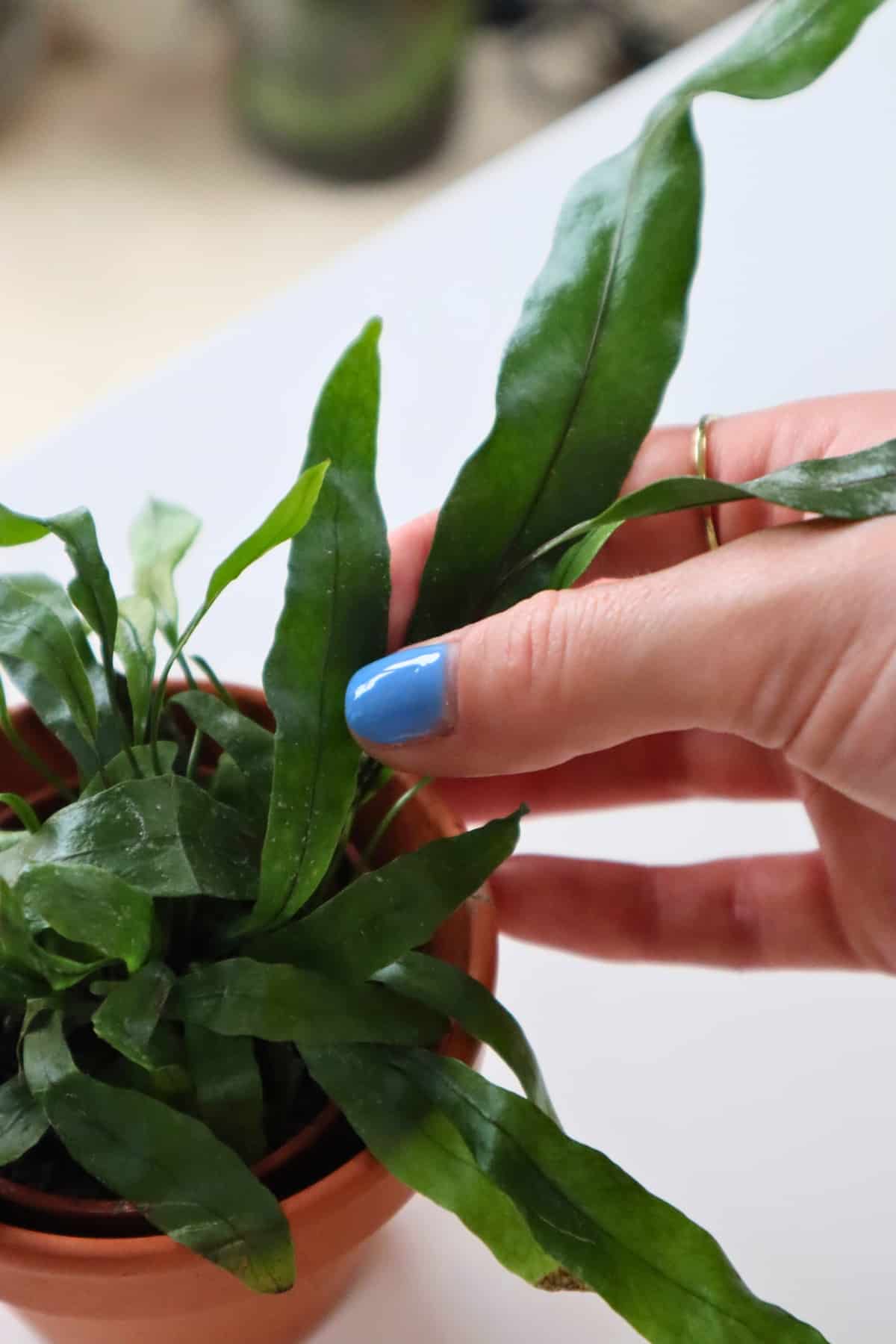True to its name, the Crocodile Fern looks the real deal.
Boasting broad strap-like foliage and characteristic scaly leaves (known as clathrate scales) made from deep emerald venation – it’s a stunning tropical plant.
And the colors only deepen as the plant matures.
This Malaysia-native epiphytic fern will truly bring a tropical aesthetic to your home. Or, it could be a fantastic addition to larger terrarium tanks with lots of space, humidity, and moisture.
When properly maintained, it’s a lovely low-maintenance fern.
So, let’s jump into how to care for it!
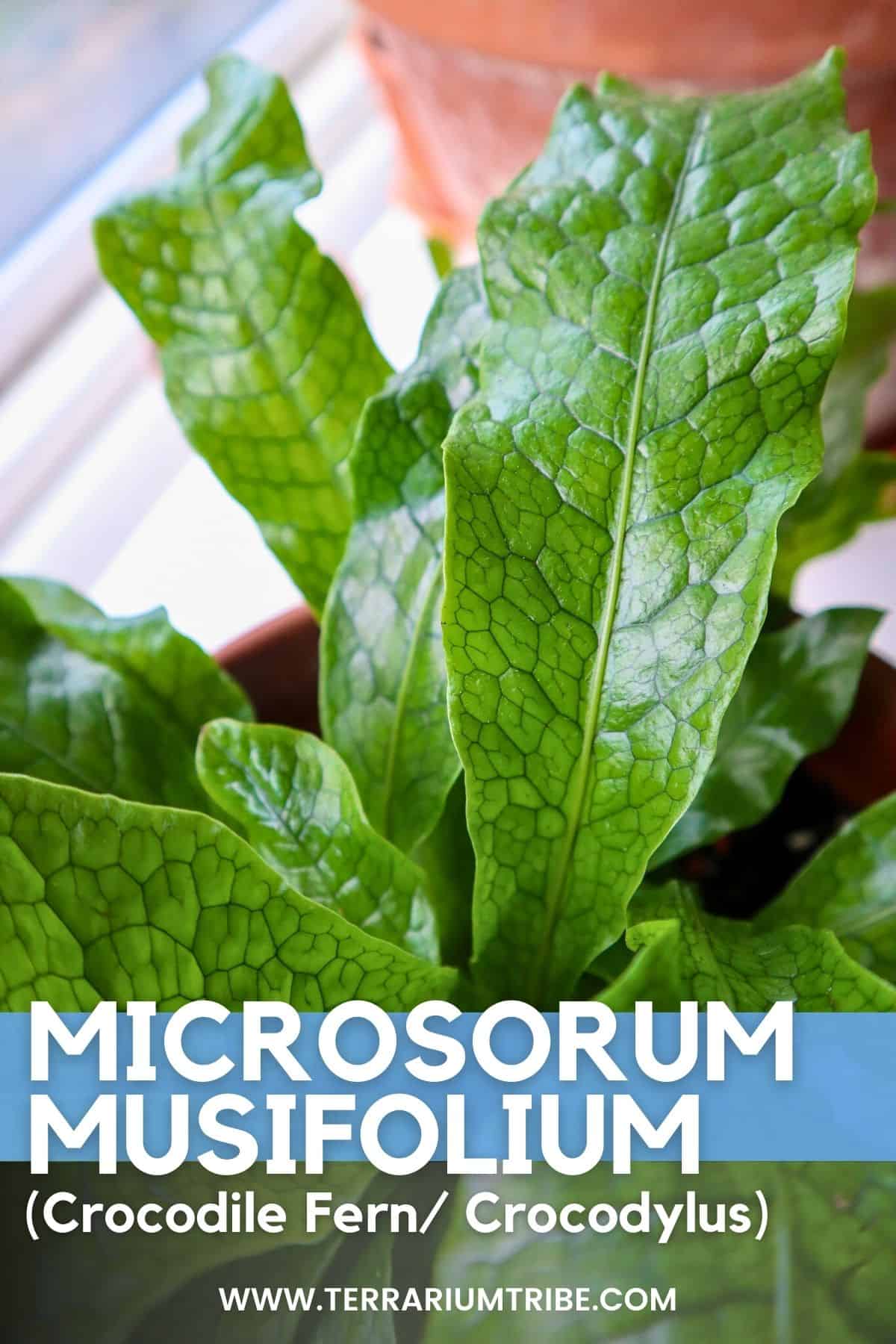
Where to Buy the Crocodile Fern
See the links below to purchase from reputable terrarium plant shops and marketplaces (may include affiliate links).
Crocodile Fern Care & Growth
| Plant Type | Fern, large |
| Lighting | Bright indirect light |
| Temperature | 65-75ºF (18-24ºC) |
| Watering | Regular, even moisture |
| Humidity | High humidity (60-90%) |
| Growth | 10-20 inches |
Lighting
Thanks to its native life in the canopy, the Crocodile Fern can actually handle a fair range of lighting conditions. It’s only really at the extreme ends of the scale you’d have an issue.
Haha, scale… Get it? 😂🐊
That said, they tend to stay a more vibrant green color with moderate to bright, indirect light, whereas too little light will cause them to fade into a more silvery tone.
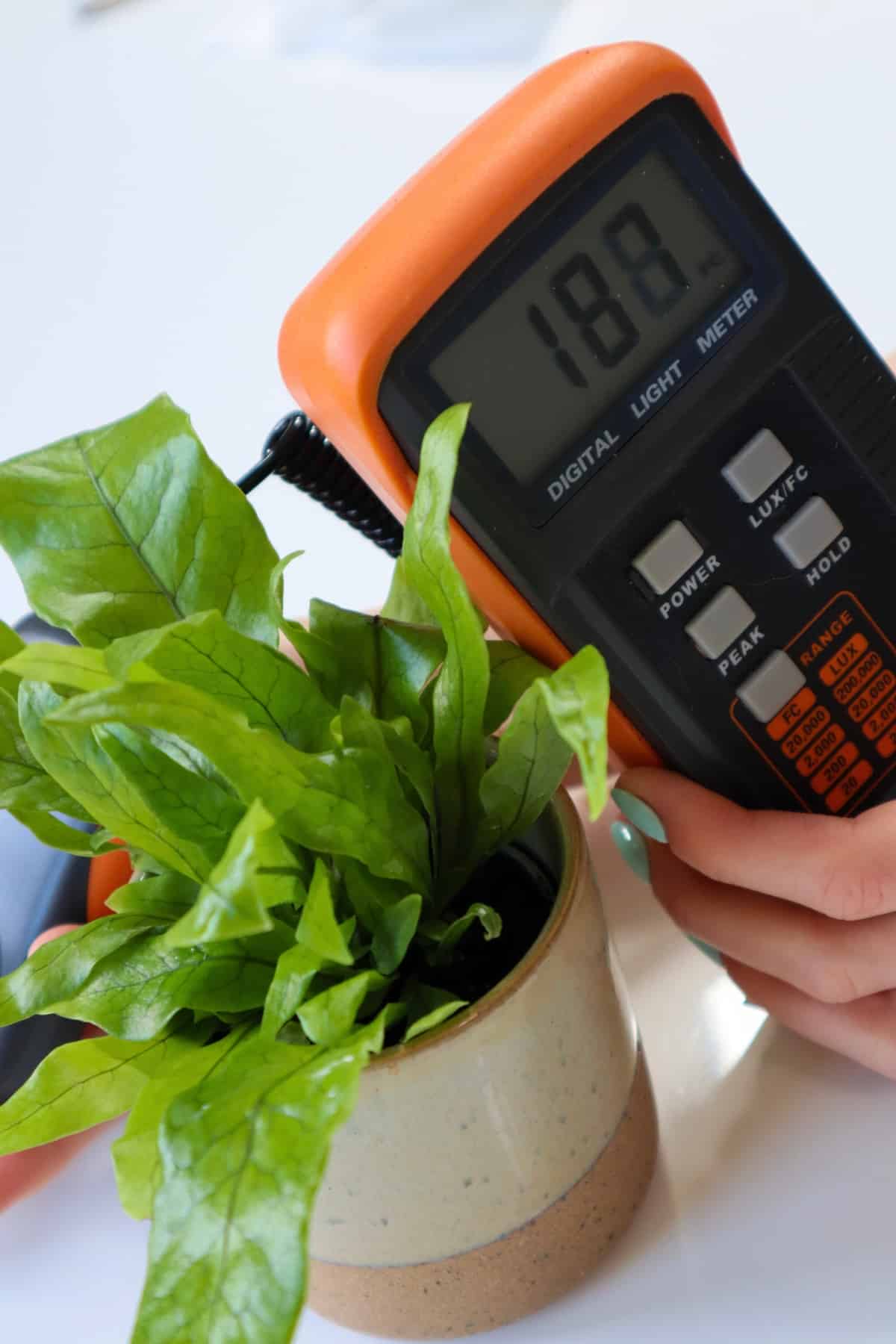
With too much light the fronds may burn.
But these plants grow under the Southeast Asian sun with only partial shade, so they’ll be able to handle their fair share of sun without scorching.
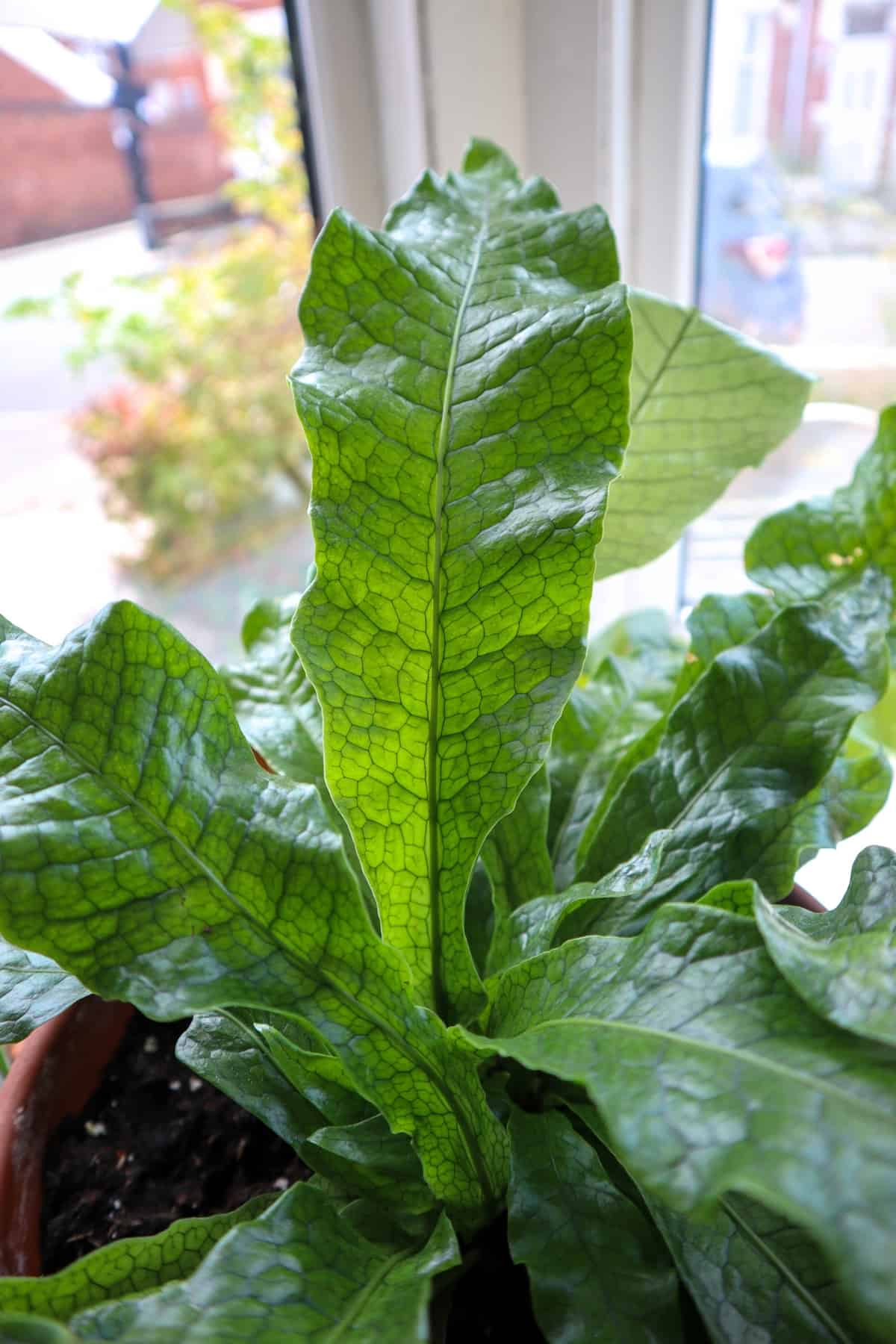
Watering Requirements
The Crocodile Fern is one of those tropical fern species that loves moisture but doesn’t like its roots in soggy substrate.
So, the challenge lies in maintaining consistent even moisture.
It’s notably not very drought tolerant at all, so it’s probably better to have it slightly too wet rather than too dry (as long as you have adequate drainage).
For this reason, I found that keeping it in a terracotta pot wasn’t a great idea. It may be gorgeous, but it’s also far too porous and wicks moisture away from the soil.
Stick to a glazed or plastic pot instead.
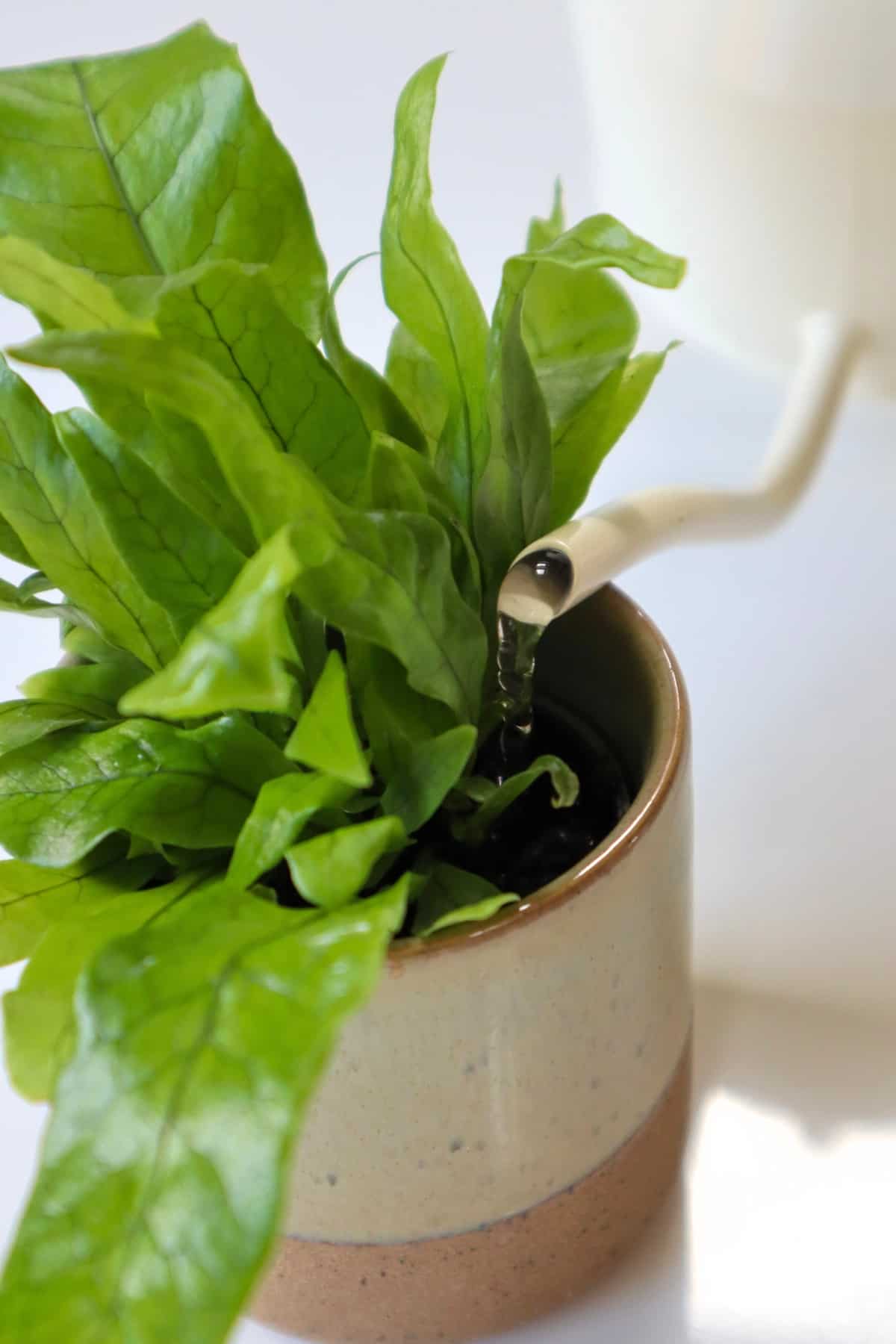
Keeping the humidity high and selecting an appropriate substrate mix can make this process a lot easier.
Best Soil/Substrate
As you know, in the wild, Microsorum musifolium is actually an epiphyte, making its roots fairly shallow.
This makes getting the right substrate even more crucial than with other tropical plants.
A substrate with excellent water retention will help this fern maintain its moisture, but good drainage is important, too, as they’re not used to sitting in a wet substrate.
Something similar to the classic ABG mix would be ideal.
Base ingredients like coco coir and sphagnum moss are ideal because they’re spongey and moisture-retentive. Additives like orchid bark and lava rock can help keep the mixture chunky for drainage.
In my Crocodile Fern terrarium build, I used a bioactive substrate.
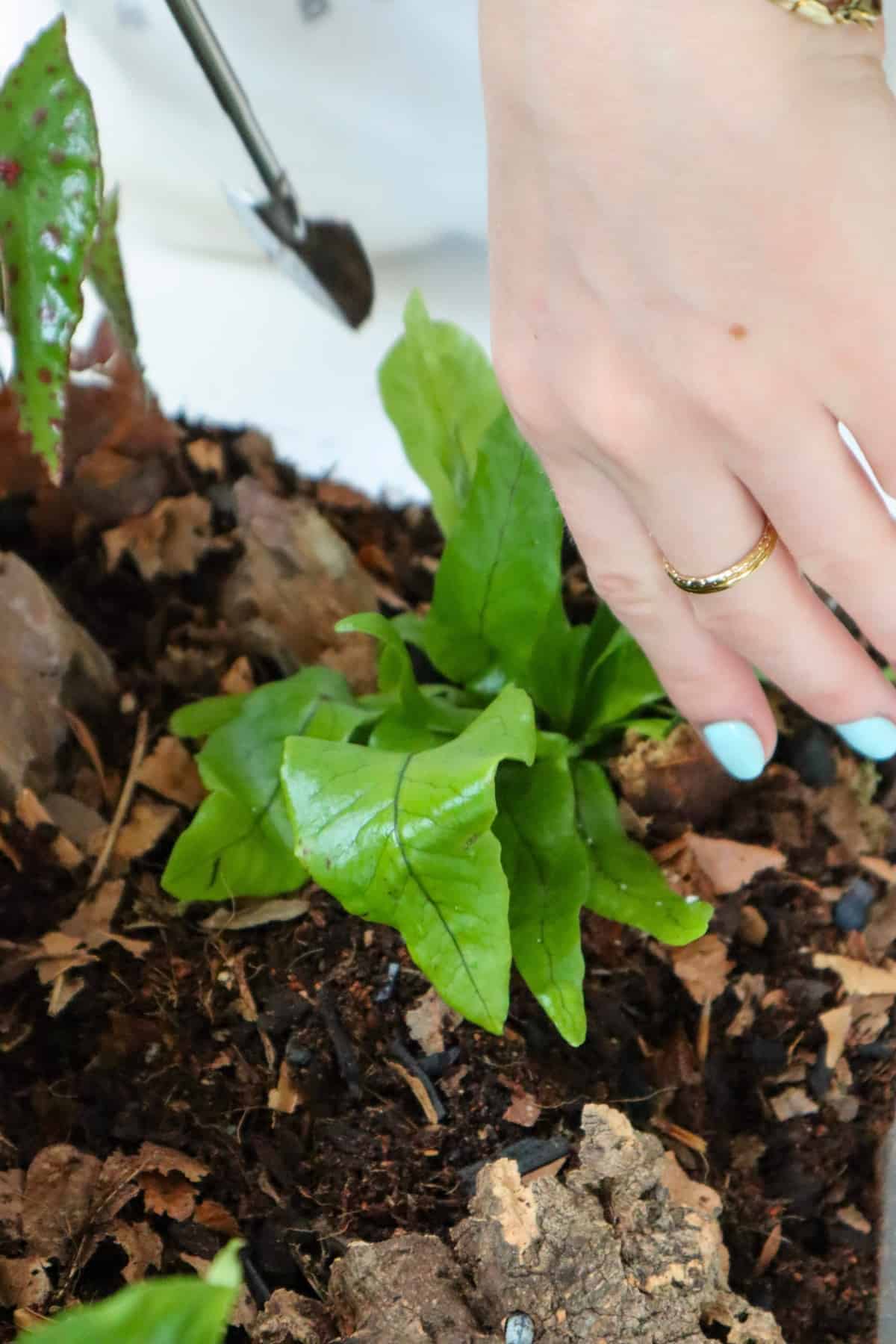
Temperature & Humidity
When it comes to Microsorum musifolium, you’re going to want to keep the temperature and humidity as consistently high as possible.
It doesn’t need super high temperatures, but it is sensitive to cold drafts or sudden swings, so keep it away from any vents or drafts.
You can boost humidity in the home by grouping plants or keeping open watering cans around the room for the water to evaporate into the air.
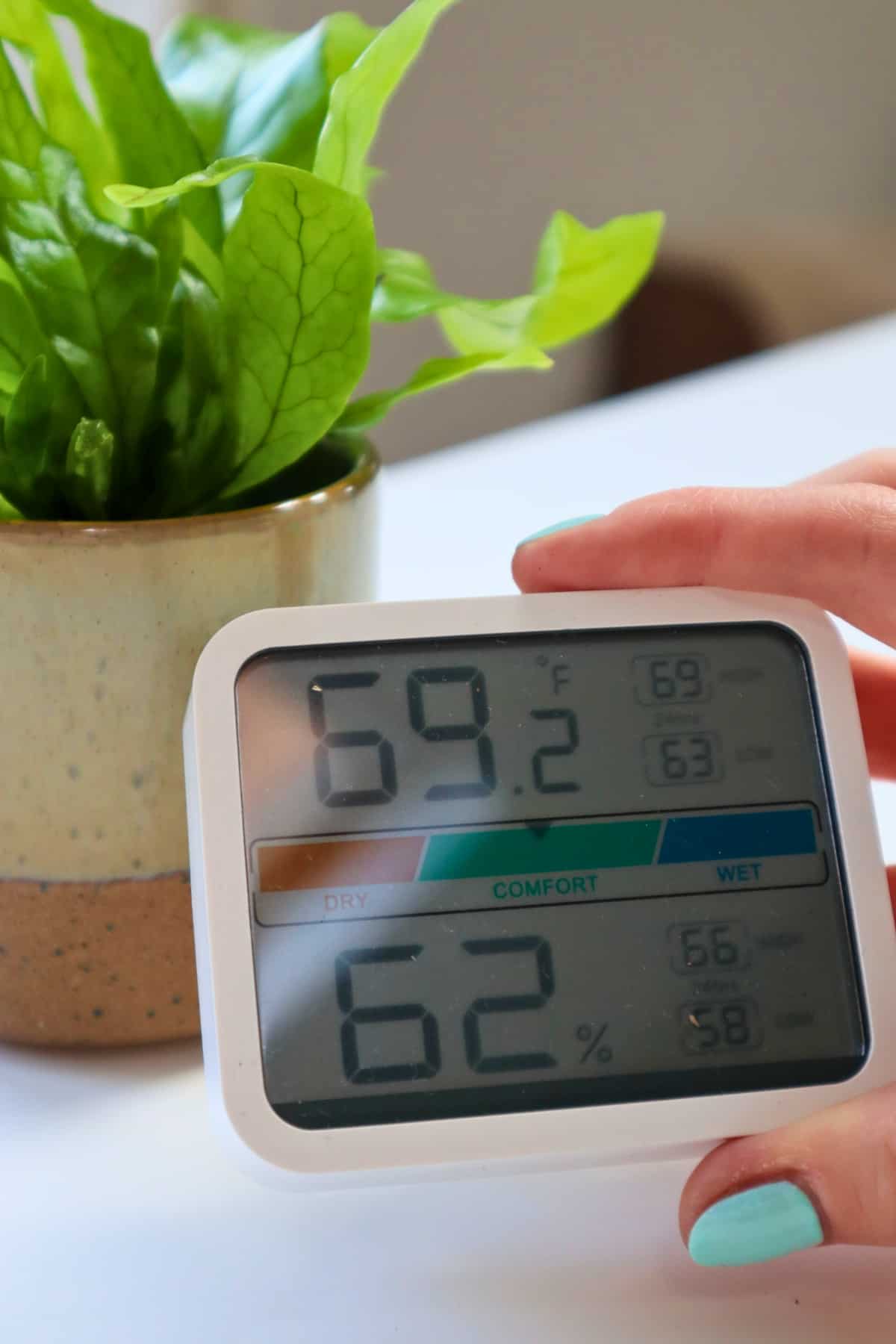
Naturally, a tropical closed terrarium environment is a really great way to keep this plant happy.
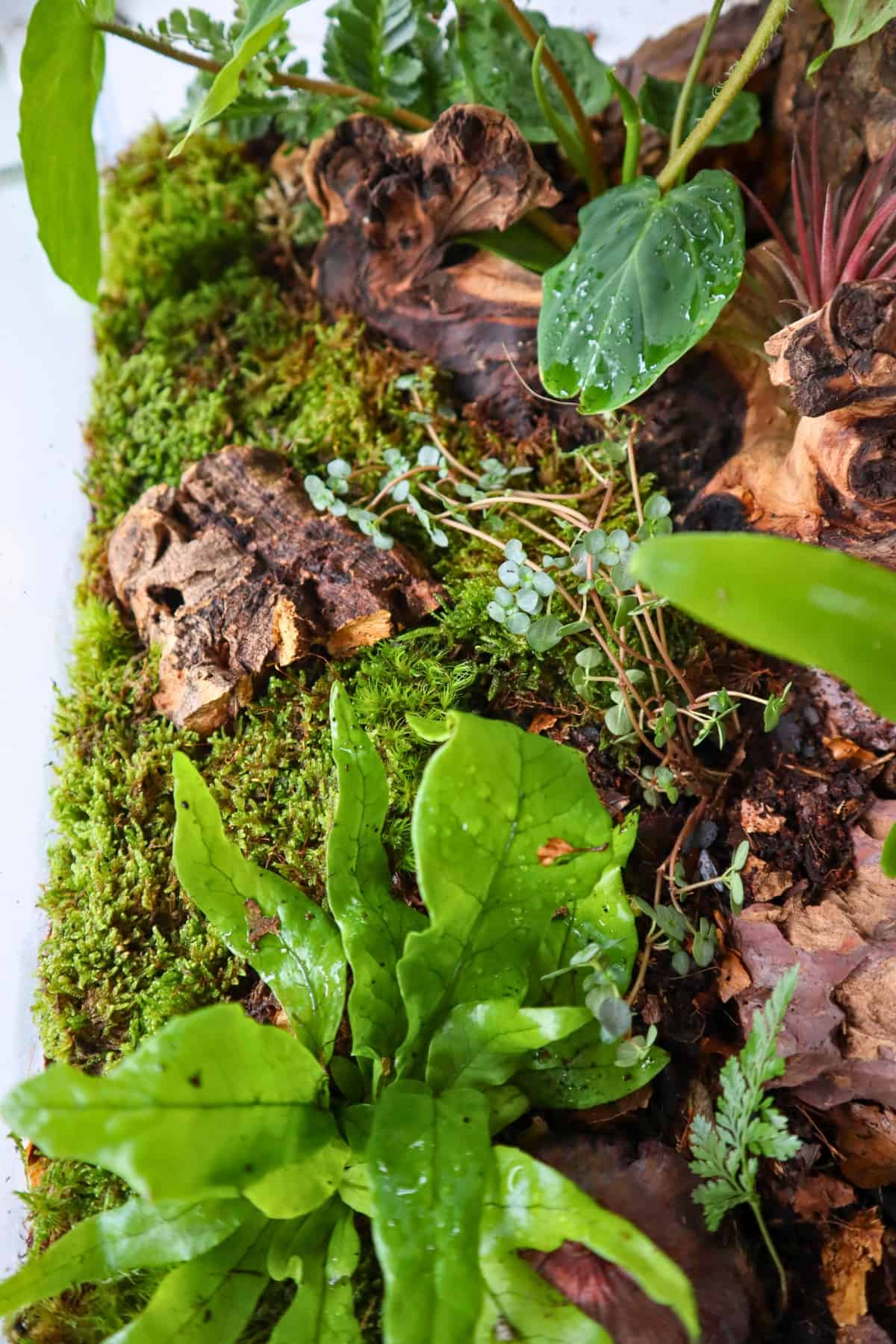
Growth Pattern
Being an epiphyte in the wild, these monsters are most often found growing in the crooks of large trees.
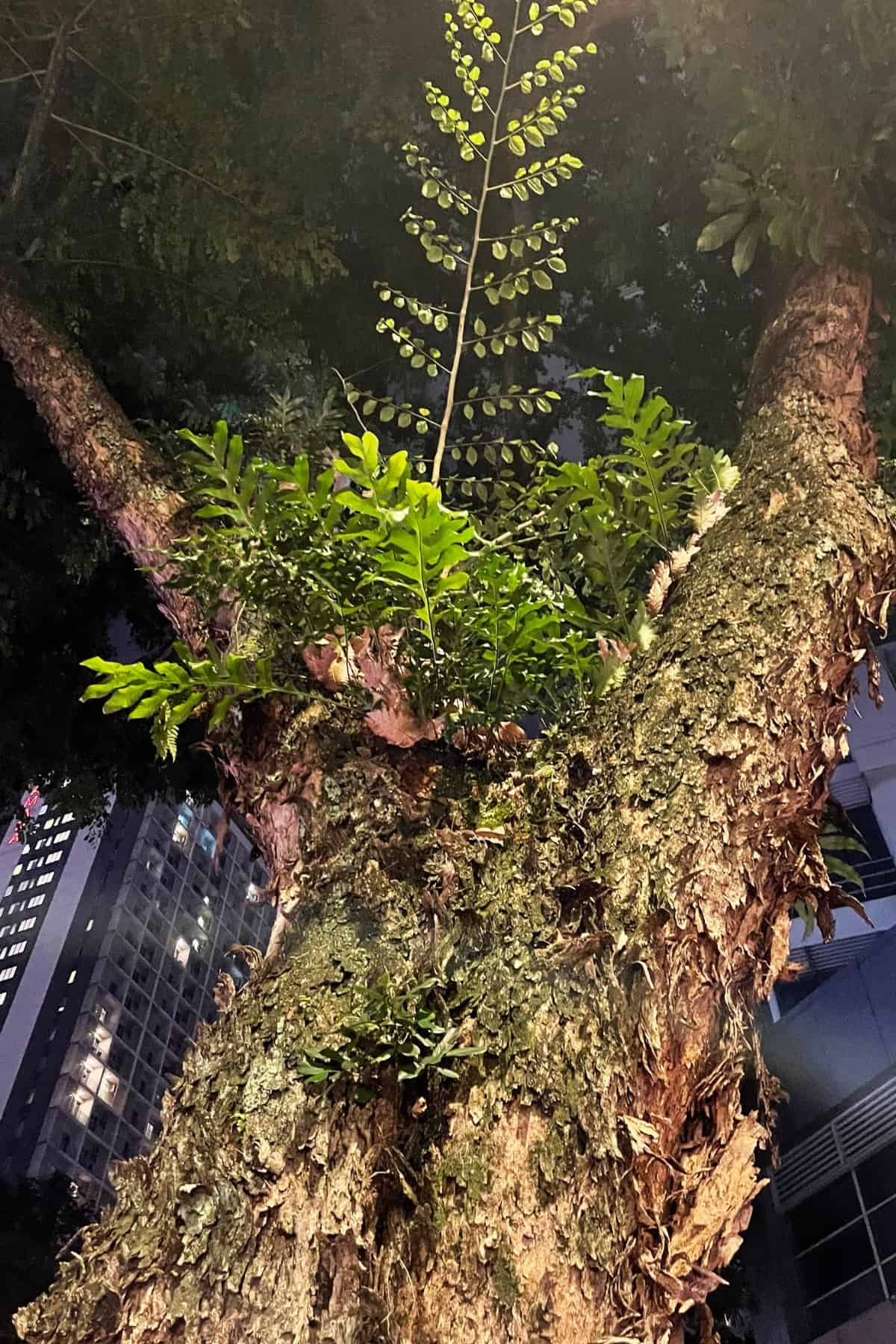
They can get huge too, reportedly up to 6 feet in the wild (!), but indoors – and especially in terrariums – they’re not likely to grow anywhere near that.
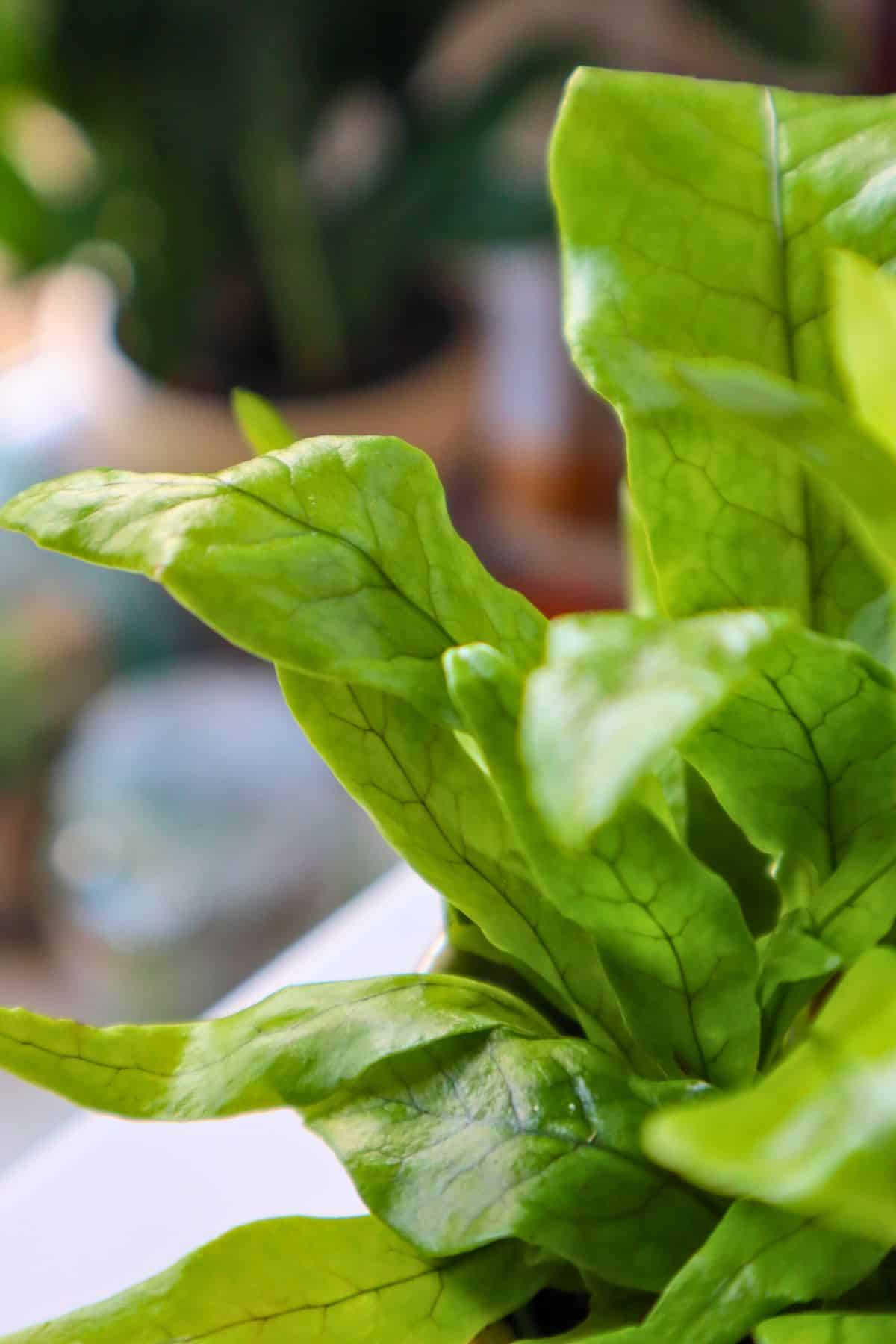
That said, in a terrarium, it definitely works best in larger and tank-style containers where it has plenty of room to flourish.
How to Propagate the Crocodile Fern
As with many ferns, division is the easiest way to propagate the Crocodile Fern, and this species does so readily.
Gently tease apart the root system till you have not one but two lovely plants.
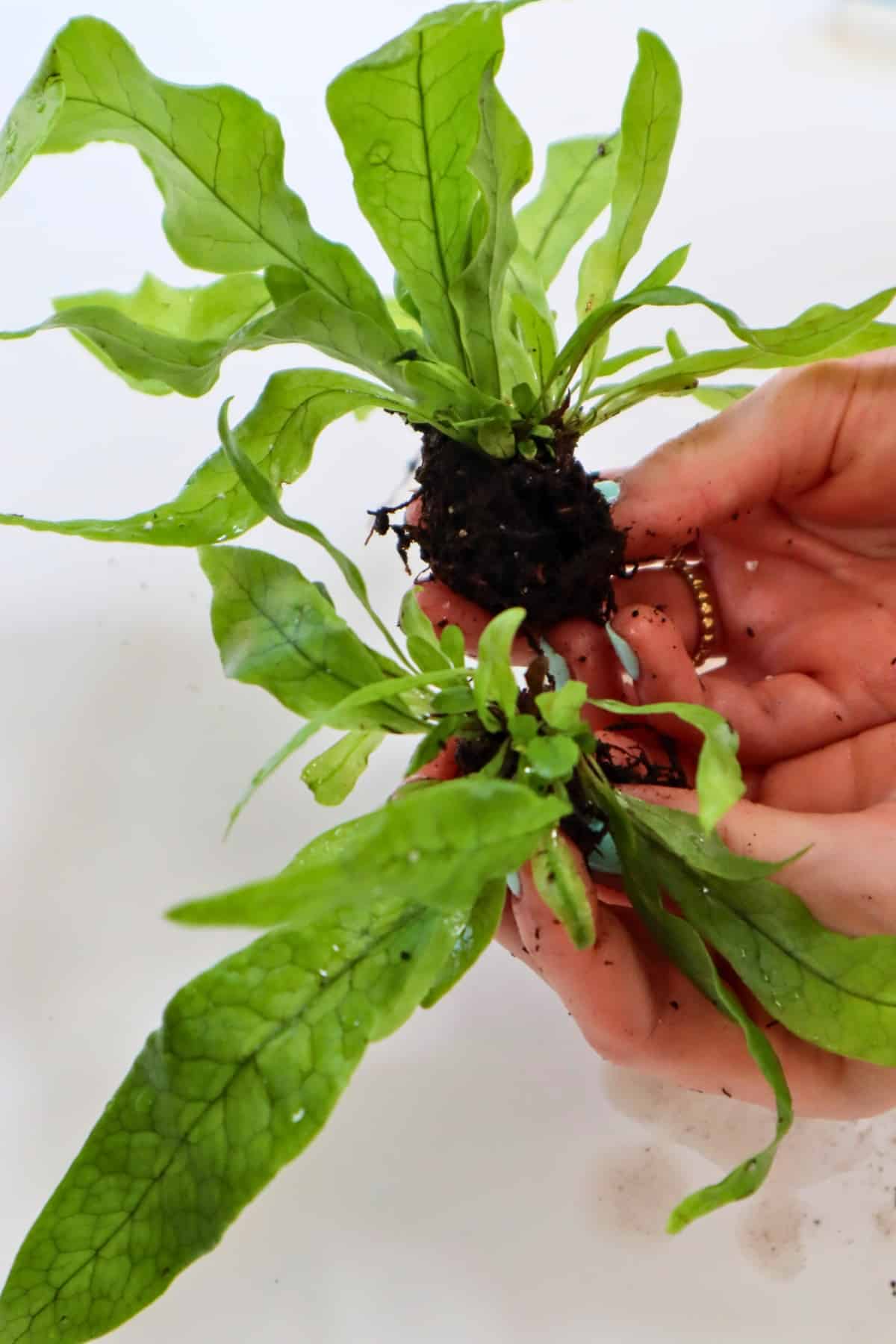
Don’t worry if a frond or two is lost in the process – it should recover just fine.
Then, just plant these new babies up, either in a pot or a new terrarium build.
Varieties & Similar Plants
Microsorum is a big and bold genus, both in number (with around 50 fern family members) and in character; there’s a huge amount of variation, but they tend to share large and broad foliage.
For paludarium and aquarium lovers, there are even some aquatic Microsorum species to experiment with, such as the dainty Java Fern – Microsorum pteropus.
Other larger, impressive species include the Kangaroo Paw Fern – Microsorum diversifolium, keeping with the animal theme, or the Wart Fern – Microsorum scolopendria, presumably named for its gnarly spores.
